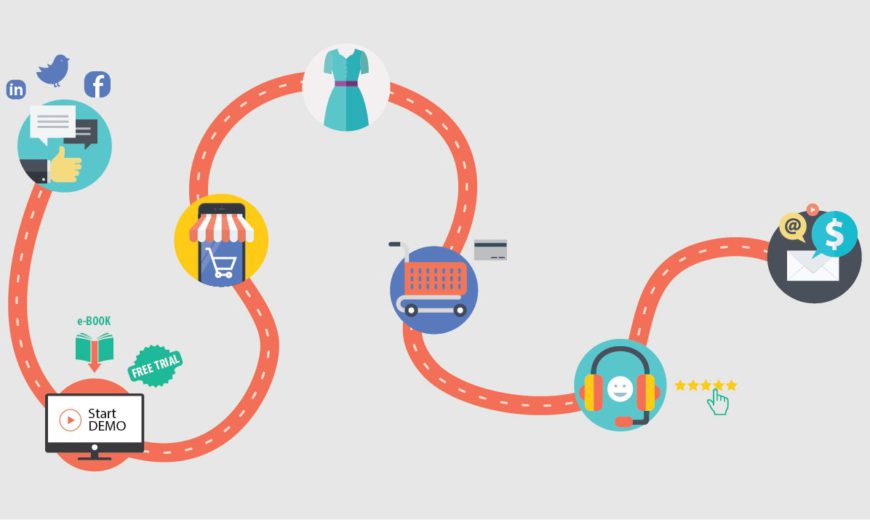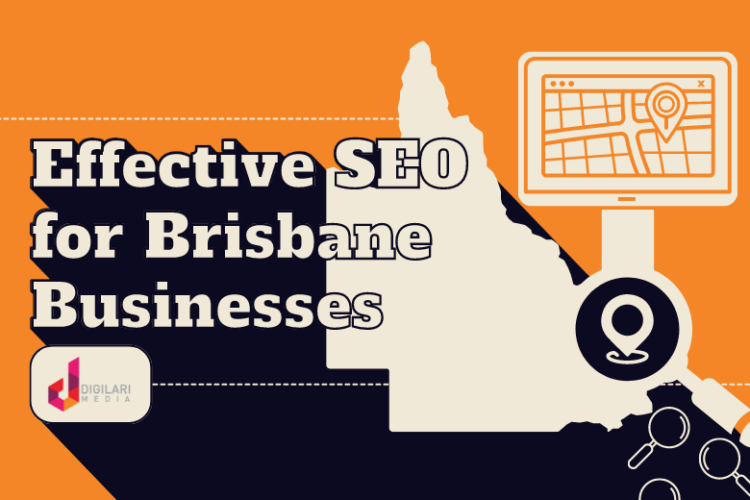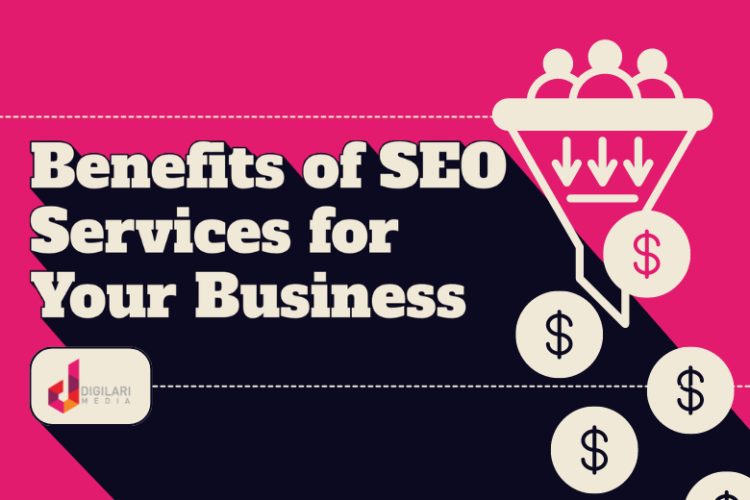
On this page
Imagine if you knew “the what”, “the where” and “the why” of your target audience. Business would be thriving, right?. You wouldn’t need a marketing campaign. Unfortunately, very few businesses have this luxury. To move in the direction of understanding your users more, we are providing a general guide on how you can turn customer journeying and user intent into ROI.
What is Customer Journeying and why is it important?
A customer journey is a holistic viewpoint of the customer’s experience while interacting with your website and brand. It uses a powerful user-centric framework to help online businesses understand customer actions at a human level. Additionally, utilising a user-centric framework in your organic search campaign is essential for your business to go beyond just identifying customers needs and pain points. It helps define user intent and expectations which becomes the foundation for your content and organic strategy. Steps involved in mapping the customer journey include the following
Steps to Mapping the Customers Journey
- Write down each step of the customer’s journey (see example below)
- Map customer’s touchpoints using a user journey map
- Identify where informational, transactional or navigational actions are supported
- Identify where informational, transactional or navigational barriers exist
- Understand what the user is thinking and feeling at these critical stages
- Share intelligence across the entire organisational structure
A key step in the customer journey involves mapping the user journey to assess how the customer interacts with every brand touchpoint and how that touchpoint is used to complete the goal. Analysing where prospect, client and organisational dissonance and touchpoint barriers exist makes it easier to isolate user intent during the “doing”, “thinking” and “feeling’ stages of their online experience. Once intent has been identified, product or service promises and processes can be strengthened to meet users expectations. Customer journeying, therefore, allows online businesses to optimise weak touchpoints in order to maximise user interest, engagement and satisfaction.
Information collected at the “doing”, ”thinking” and “feeling” stages involves understanding how users discover, investigate, join, contribute, receive and use the information provided by your website. Here is an example of online purchase of a new vehicle.

You can see at different stages of the customer journey, the customer is having both positive and negative thoughts and feelings about their experience. Driving these thoughts and feelings is user intent. So what is user intent?
How to Align User Intent and Journeying with Organic Search Strategy?
In a nutshell, it is the users, or your potential customers trying to resolve a need or desire. From Google’s perspective, user intent is one of seven main search quality rating factors. Search engines try to best match the users’ search query by interpreting, categorising and prioritising search results based on their intent. So the more likely your content addresses user intent, the more likely Google will prioritise your website in SERPs. Search intent, therefore, helps identify …
- Target audiences
- Primary keywords
- Relevant content
- Opportunistic user behaviour
- User expectations
Search intent can primarily be segmented into three intent-rich micro-moments in the users’ journey.
These include:
- I want to know moments: Queries where people are looking to gain knowledge. They often use words like ‘how to’, ‘why’ and other question words.
- I want to go moments: are navigational type queries where people are looking for specific resources, pages, sites or places.
- I want to buy moments: Queries where people are looking to take a specific action. Most keywords with high commercial intent will fall into this category.
By identifying micro-moments at each stage of the customer and user journey and tailoring an SEO strategy that focuses SEO resources to provide user intent solutions, your online business will see improved website ranking and click-through performance.
Three types of Intent Strategies for Organic Search
I want to know Intent: are information seeking in nature
Target audiences: sees users exploring or researching simple, in-depth, controversial or “no right answer” information on a topic
Primary keywords: Search terms consist of ‘how to’, ‘why does’, ‘what is’ and ‘alternatives to” and other question words
Relevant Touchpoints:
- Video Tutorial
- PDF Downloads – Ebooks, Guides, Whitepapers, Infographics Product Specifications
- Sign up for free information: Catalogs, Brochures or Newsletters
- Risk Reducer Resources: FAQ’s, Comparison Charts, Calculators, Blog Articles
- Outbound Links to relevant authoritative and information sites
- Reviews
I want to go moments: are navigational in nature
Target audiences: sees users looking for a specific location to visit-in-person
Primary keywords: Search terms consist of names of places, attractions or events near me or directions to.
Relevant Touchpoints:
- Google maps
- Directions
- Language Options
- Risk Reducer Buttons: Social sharing, Reviews, Testimonials and Partners
I want to buy moments: are transactional or commercial in nature
Target audiences: are users ready to make a purchase decision
Primary keywords: are transactional in nature
Search terms like ‘buy’, ‘discount’, ‘coupons and ‘free shipping’’, “free trial” or specific brand names and product models. Other trigger words include “affordable”, “best”, and “price”.
Relevant Touchpoints:
- Call to Actions that prompt a user to take action such as “shop now”
- Form submissions for Membership discounts or perks
- Related Search recommendations
- Risk Reducer Buttons: Product Reviews, Loyalty Programs, Free Shipping buttons
- Offer Pages – Cross-sells, up-sells, limited-time offers and bundled offers
- Featured sections: Best selling, new arrivals, personalised items
- Pdf downloads of product specifications, catalogs or brochures
Today, with the help of neural networks and deep learning technology search engine sophistication has evolved to the point where algorithms are interpreting, categorising and prioritising semantic meaning and intent behind user searches. The days of using exact match keywords and links to drive SERPs results are almost over. To move the rank needle up Search Engine Results Pages (SERPSs) content relevancy needs to support both user intentions and expectations. Need some insights regarding the “who”, “how” and the “what” of your marketing content? Speak to an expert at Digilari, we turn intent into action.



